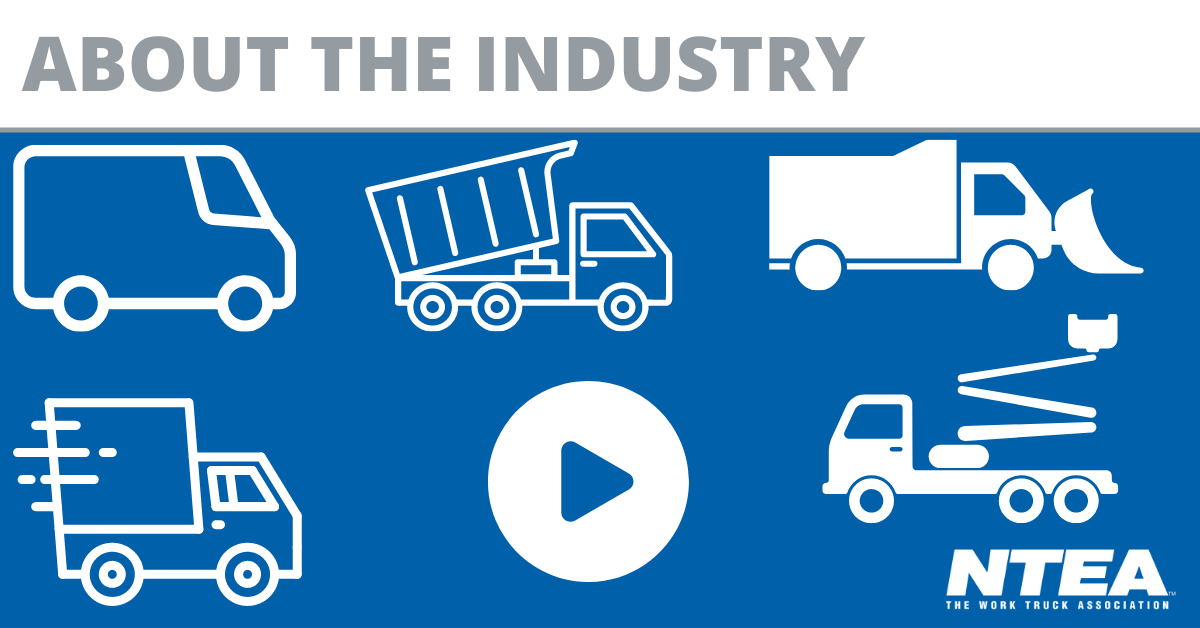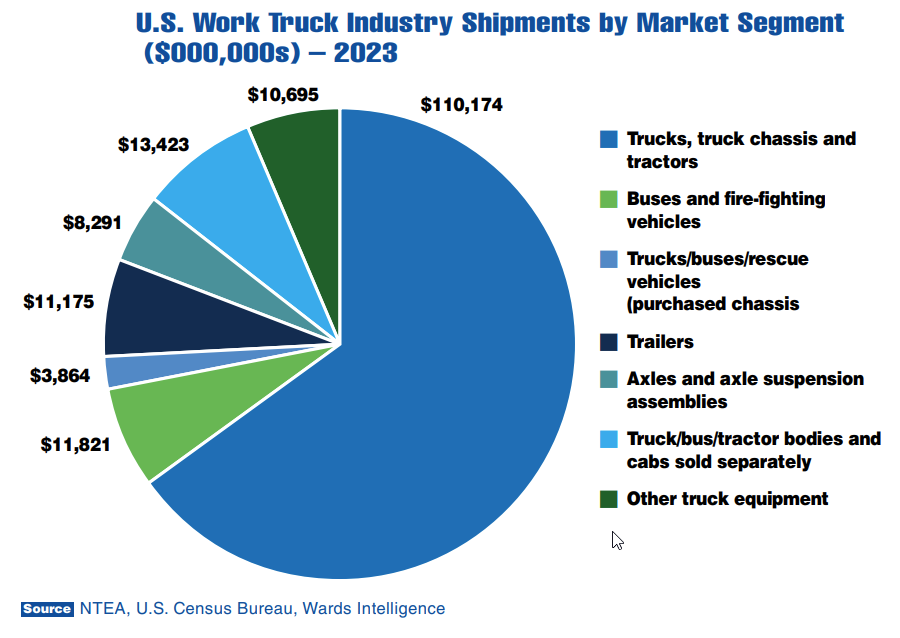
What are commercial vehicles and what does the work truck industry represent?
Unlike mass-produced assembly-line passenger cars and trucks, commercial vehicles are primarily designed and produced individually, on a custom-order basis. Their diverse applications, limited volume and nearly limitless body and equipment variations dictate this method of production.
Typically, commercial trucks are built in a multi-stage process involving three distinct yet interrelated industry segments. To ensure product compatibility, a close-working relationship is necessary between the truck chassis manufacturers and their dealers; truck body, equipment and trailer manufacturers; and truck body, equipment and trailer distributors.
This is especially important if a truck will be used to do any of the following:
- Bring maintenance/repair services to homes, industry and business
- Transport people
- Fight fires
- Provide emergency medical/rescue service
- Transfer disabled vehicles
- Install/repair telephone, electrical and other utility equipment and services
- Collect trash for disposal and recycling
- Construct/maintain roads, homes and buildings
- Control snow and ice
- Operate farms

Industry profile
Commercial truck chassis sales are expected to grow 3% in 2023 primarily due to improved chassis availability. Expectations for 2024 call for continued improvement in chassis availability, but labor availability, which is already limiting commercial vehicle sales, may worsen as the labor market tightens further.
